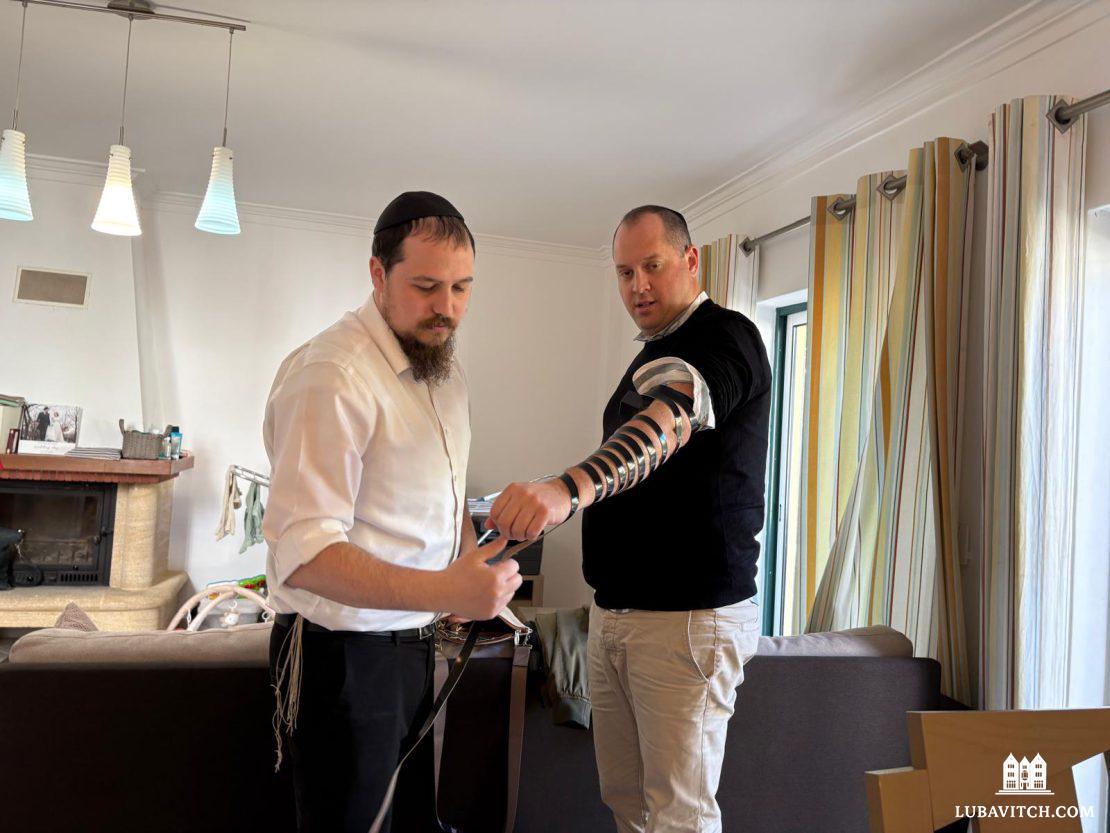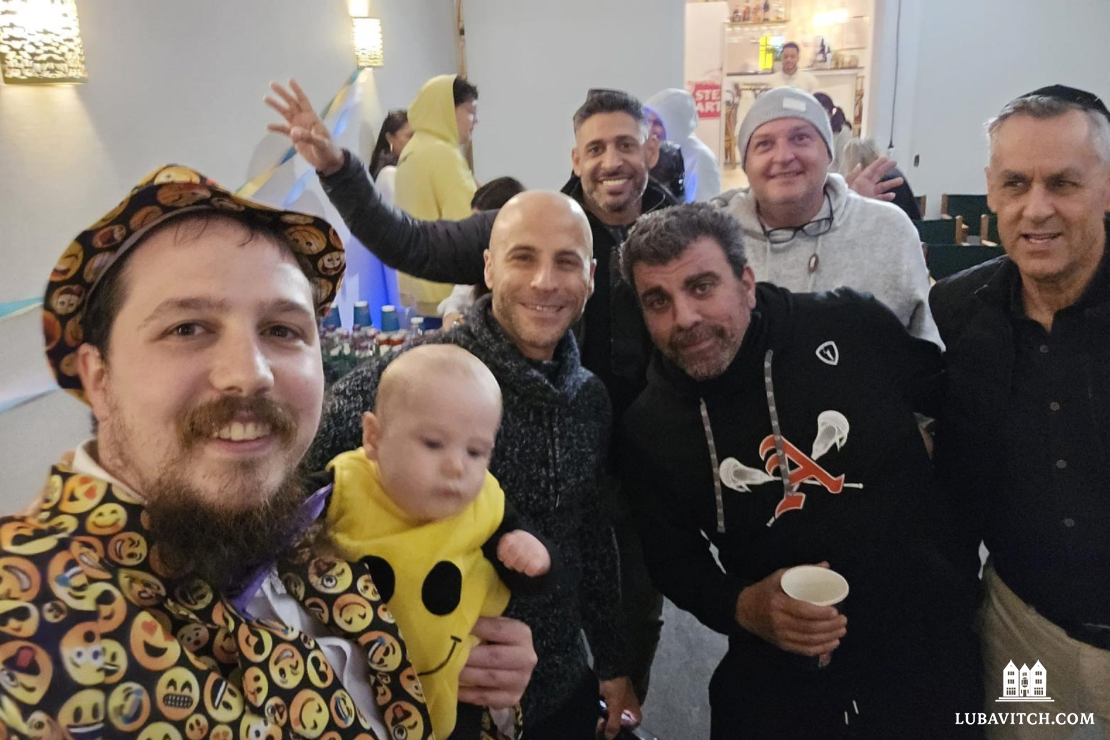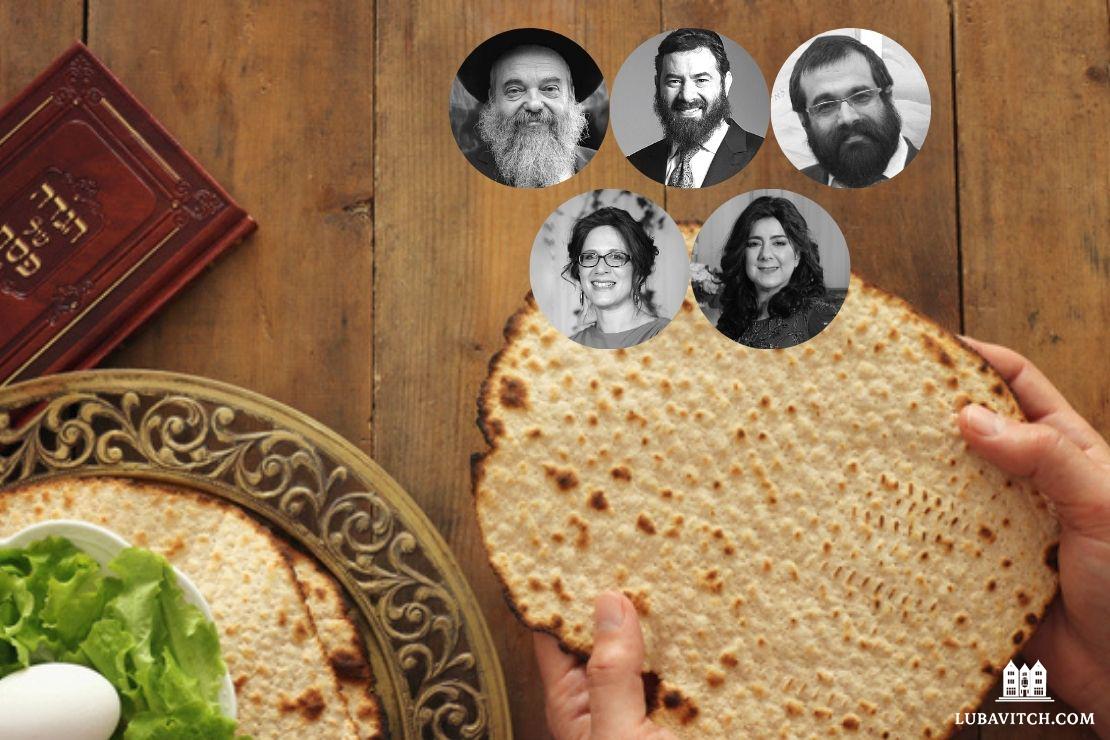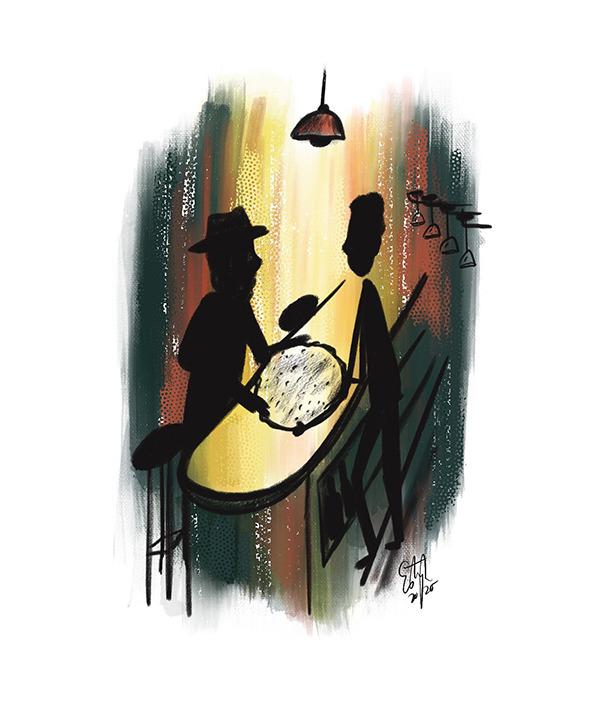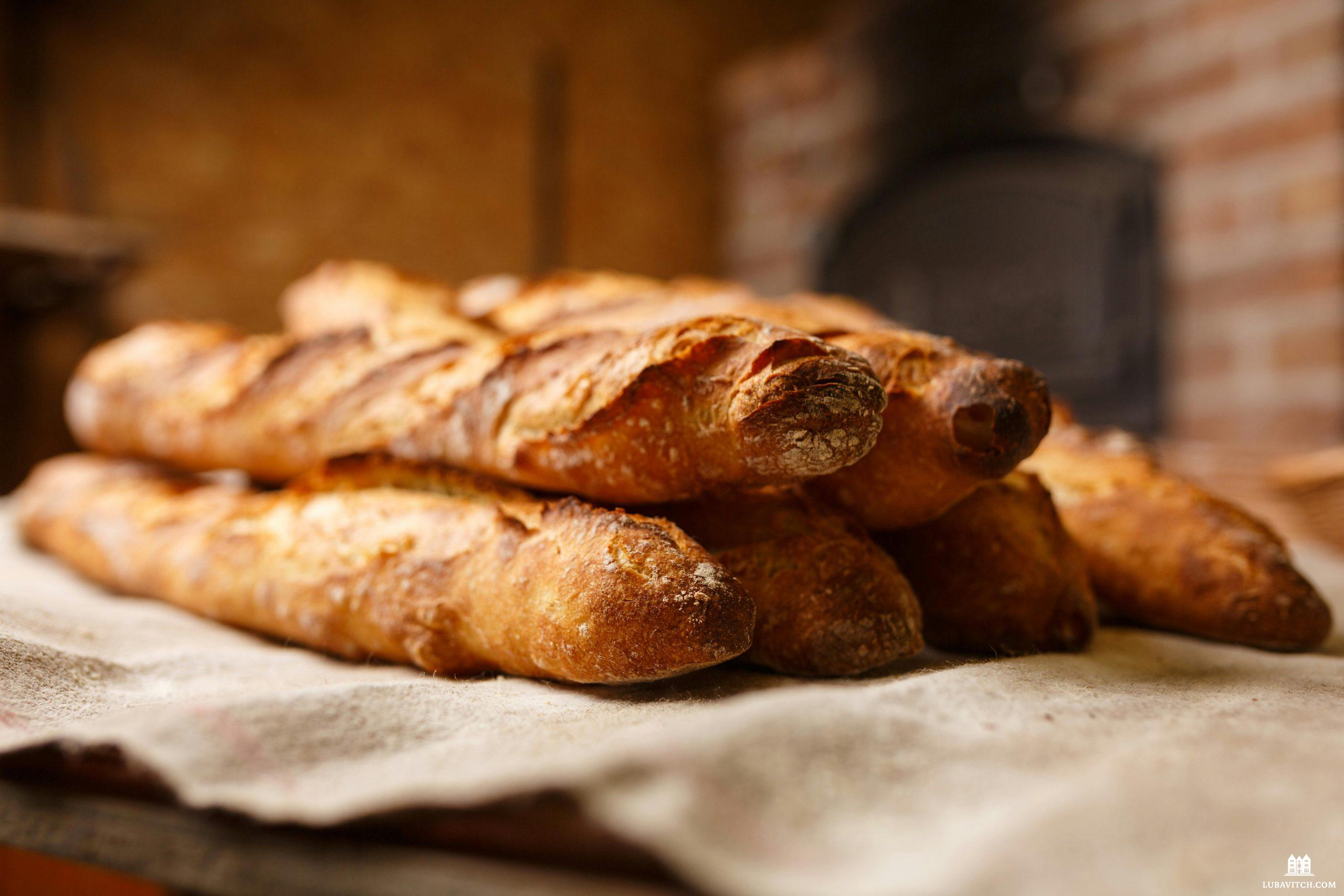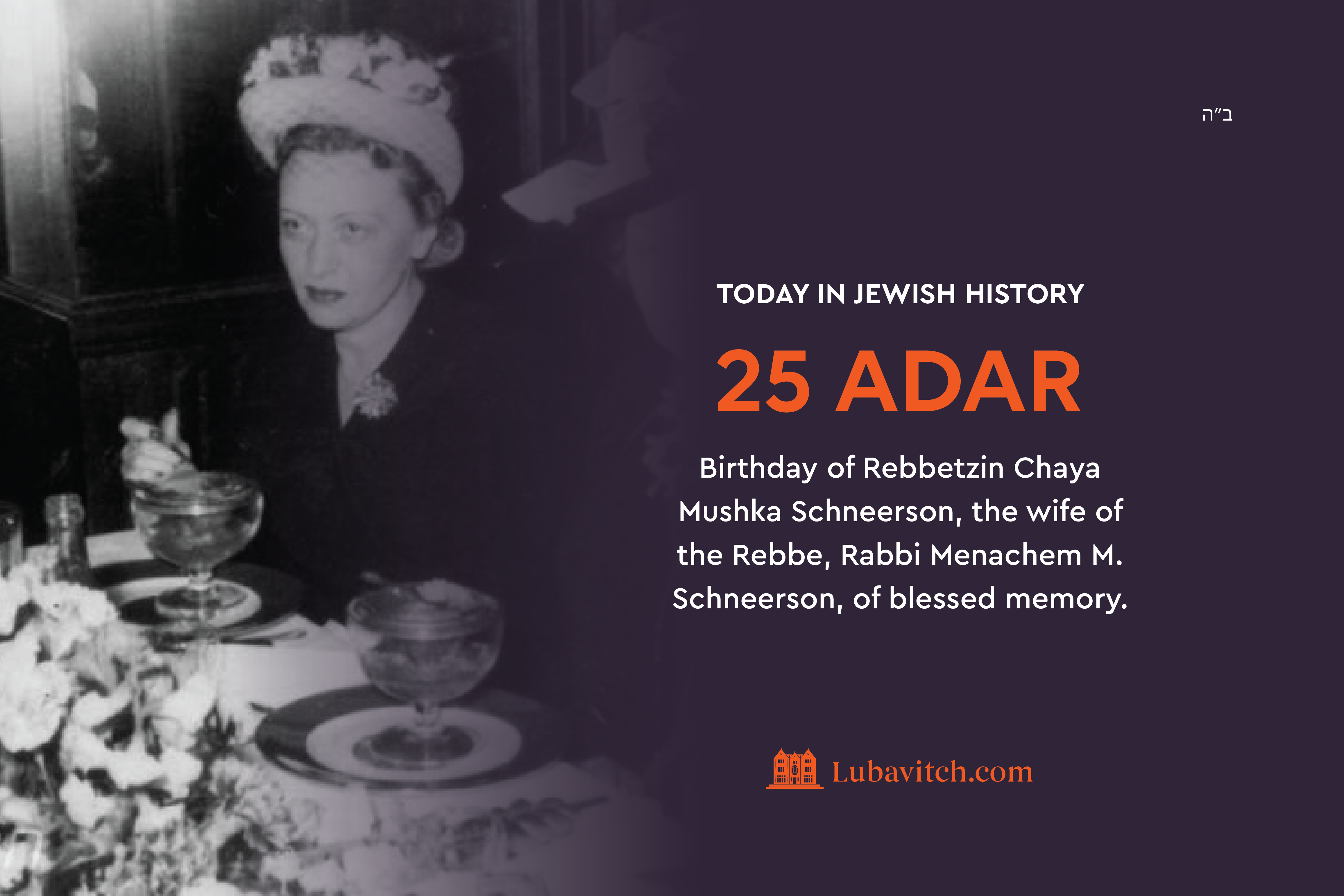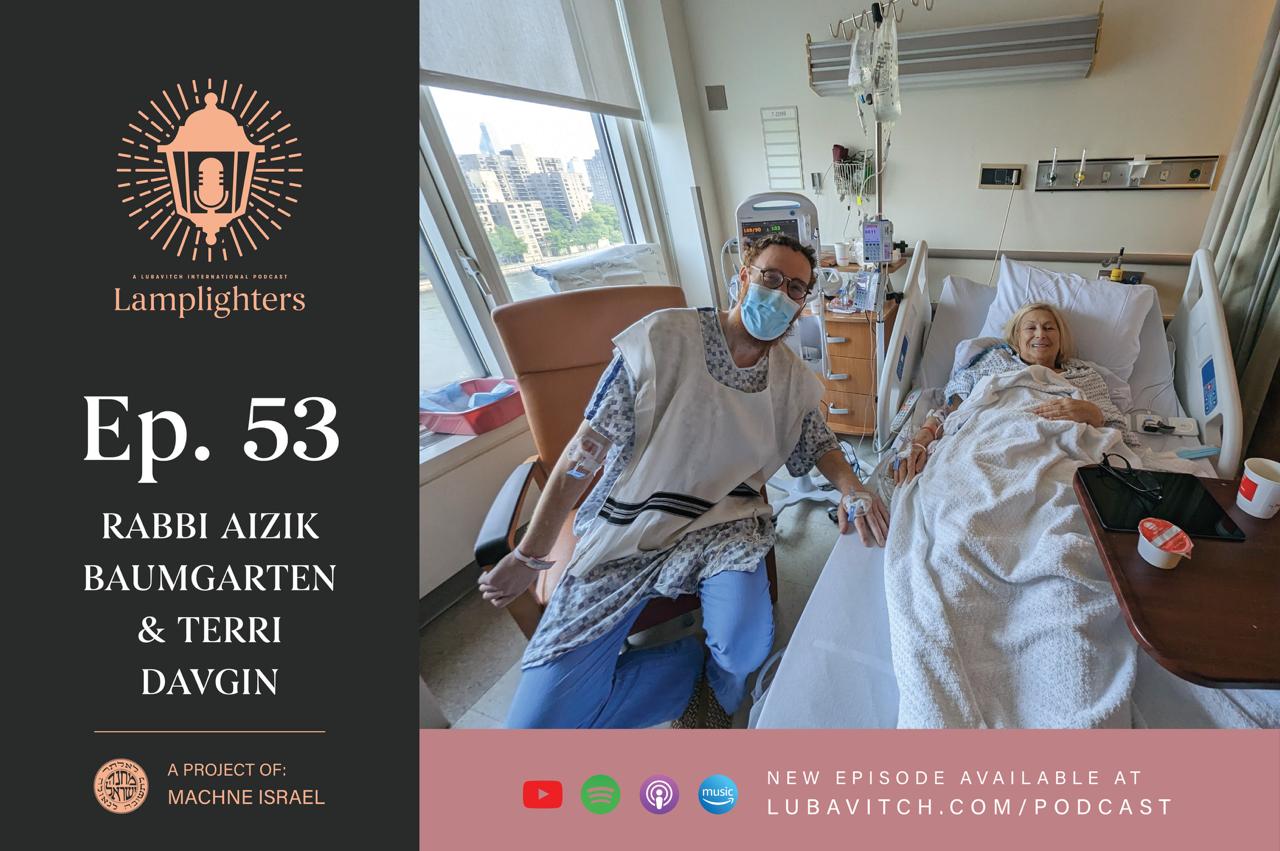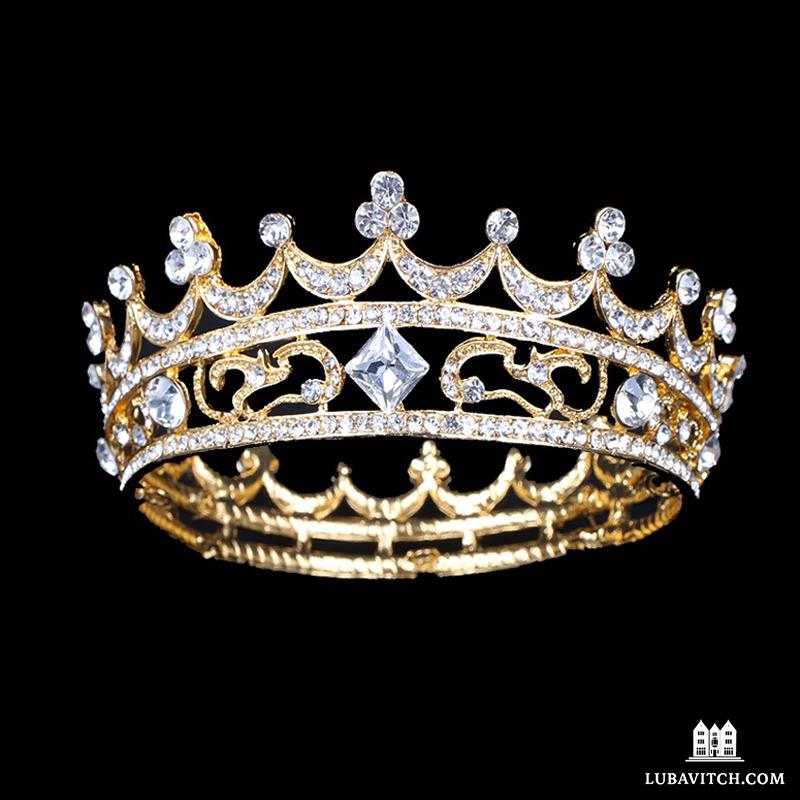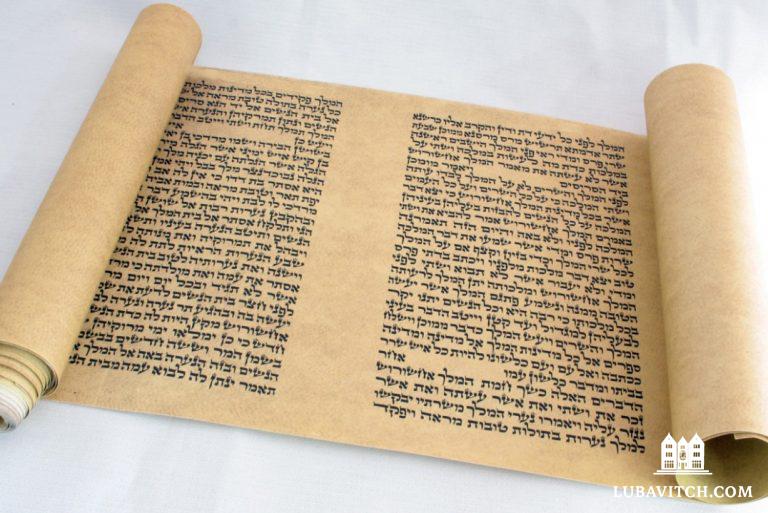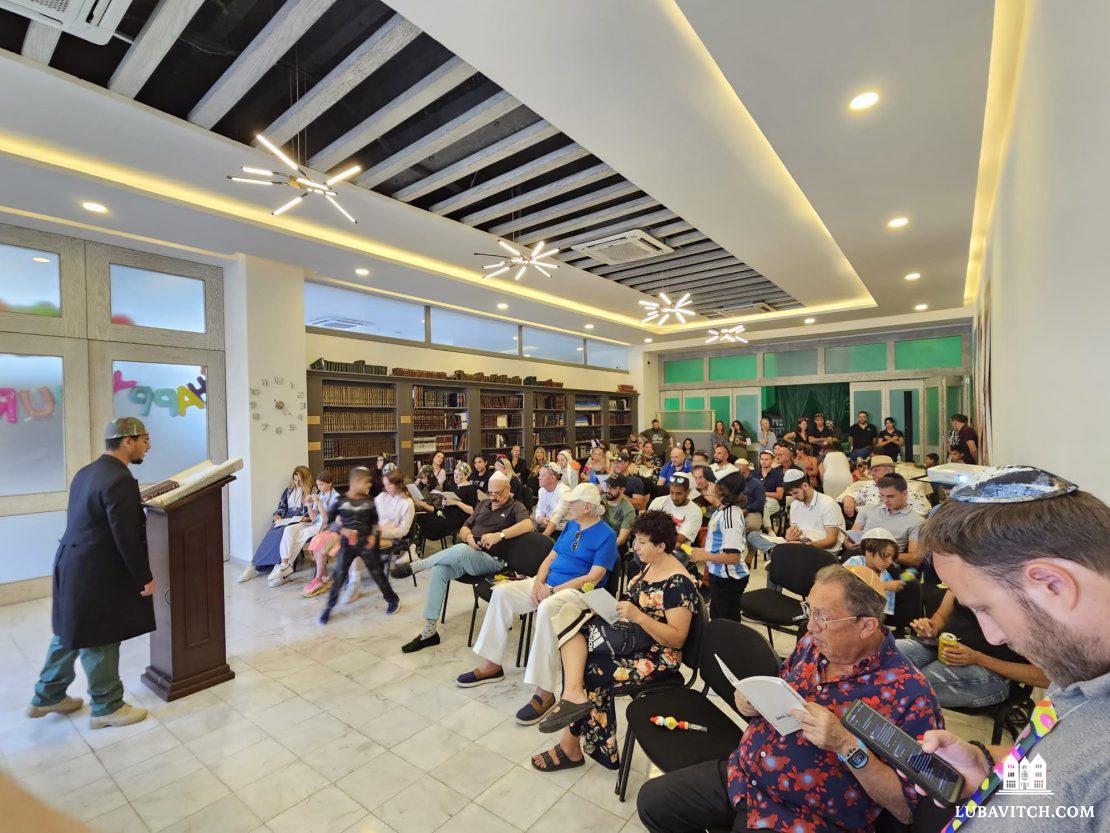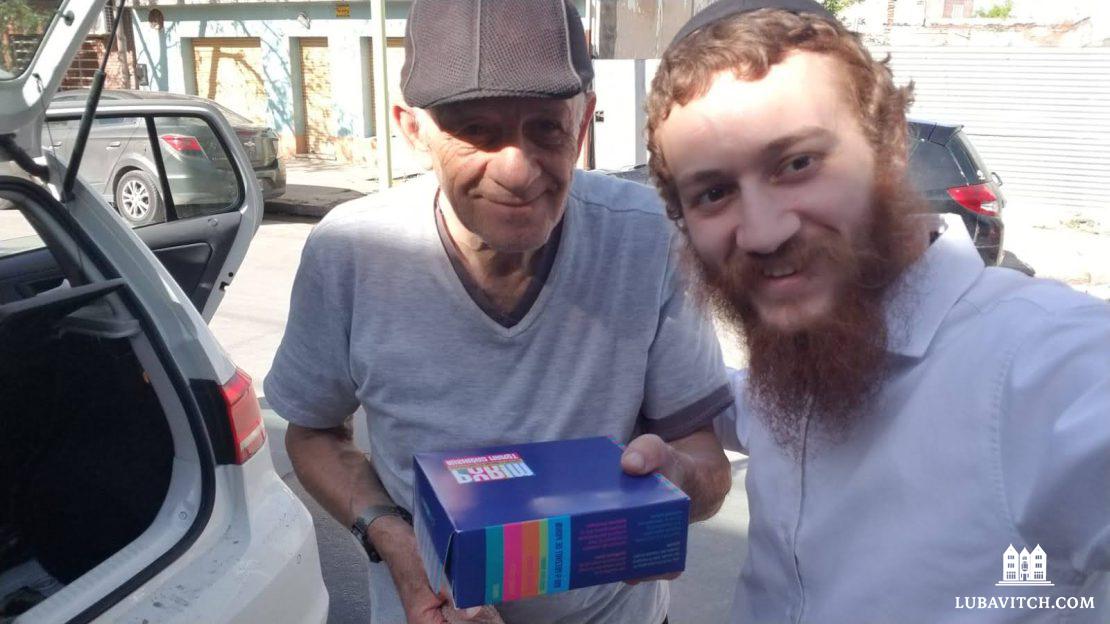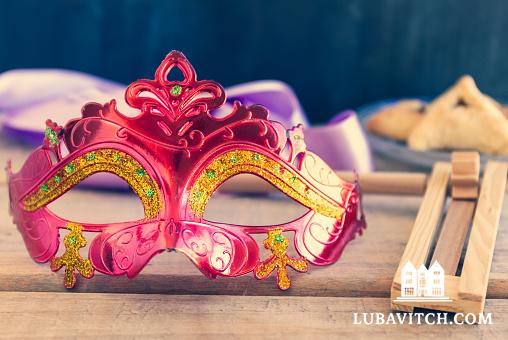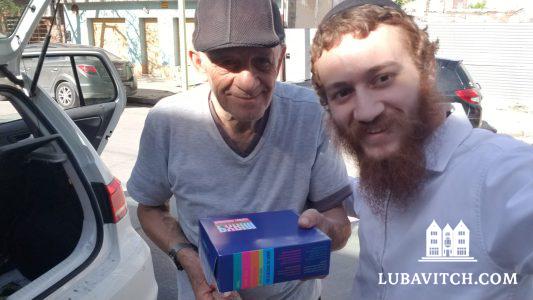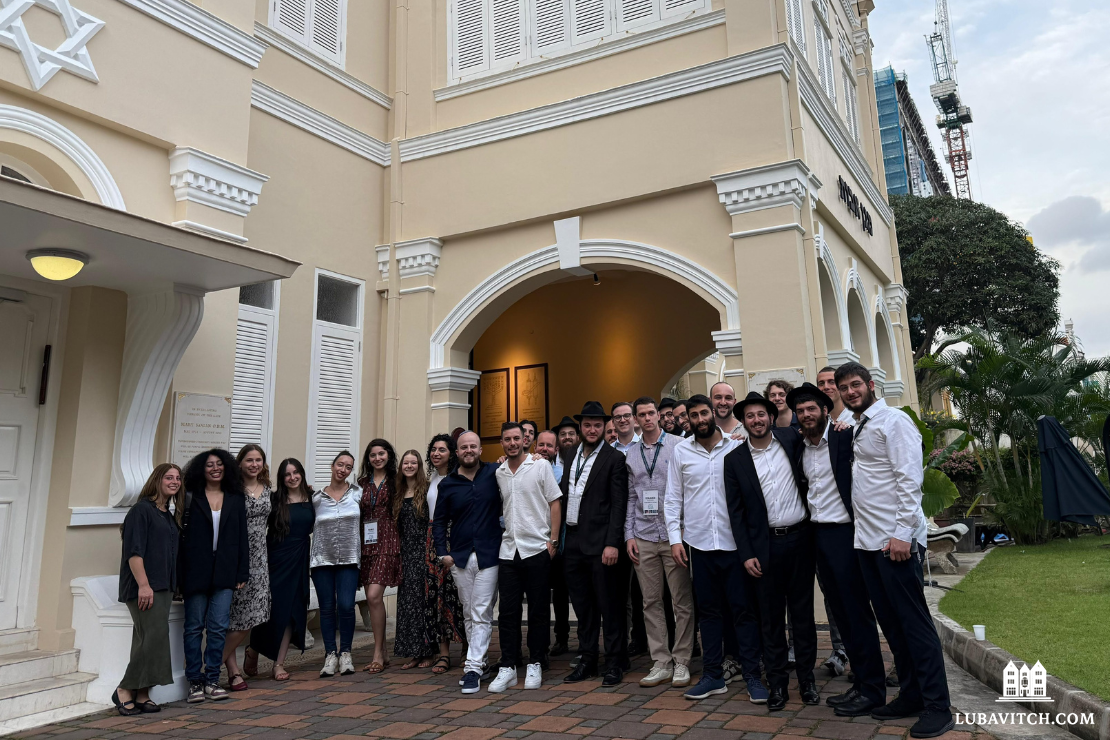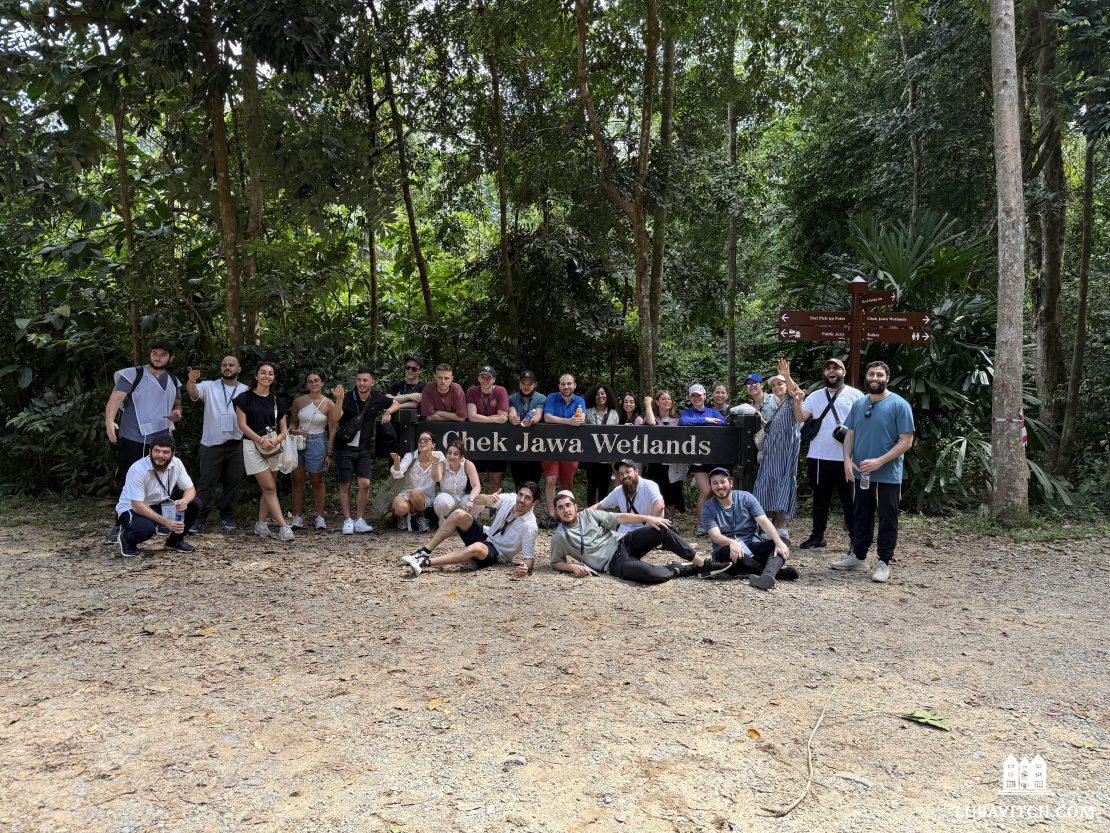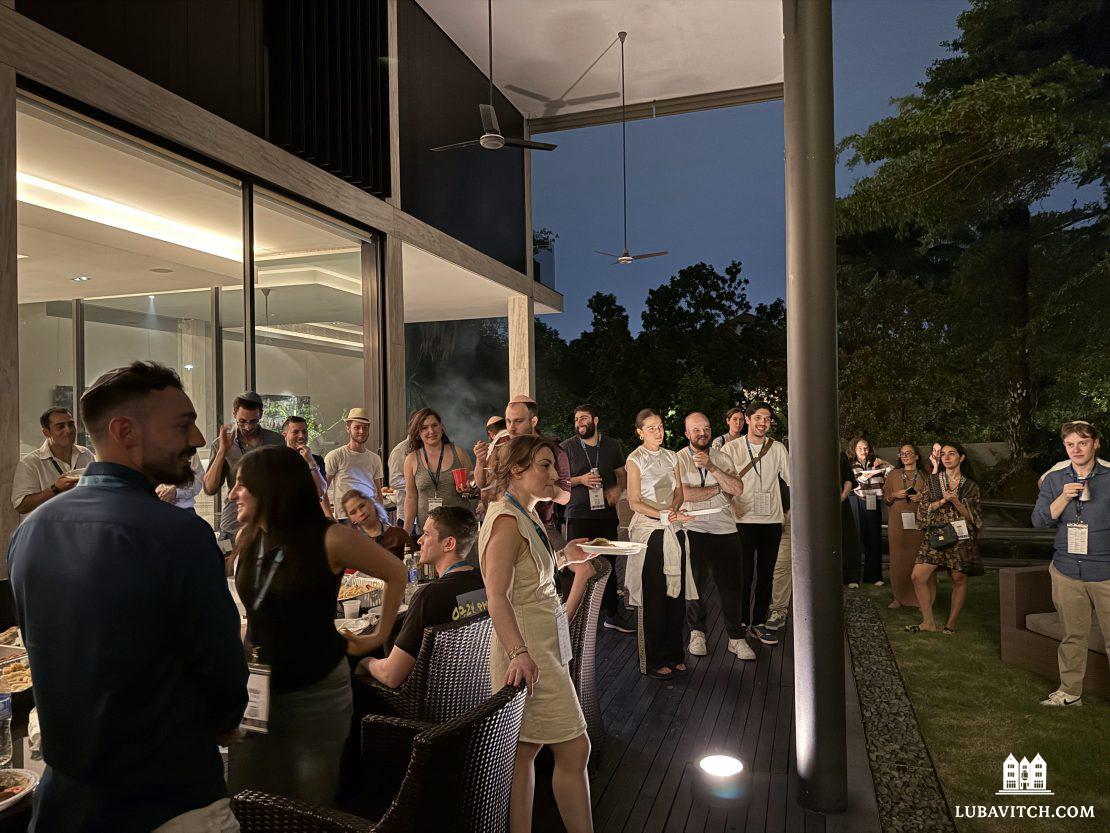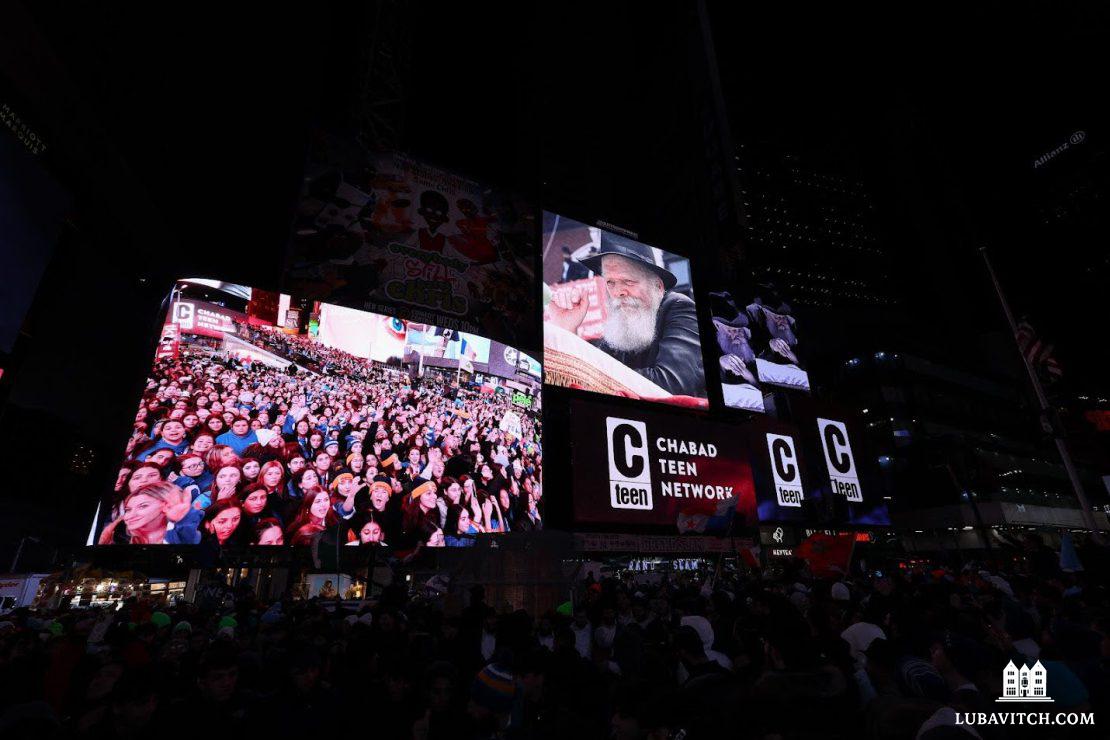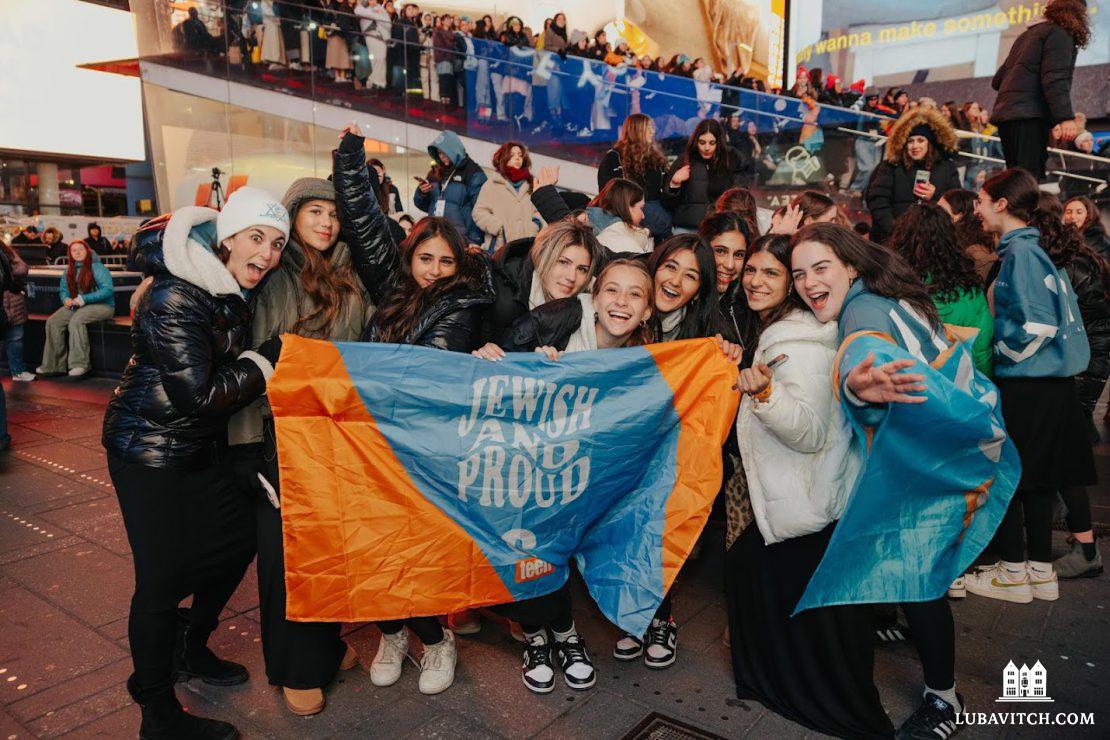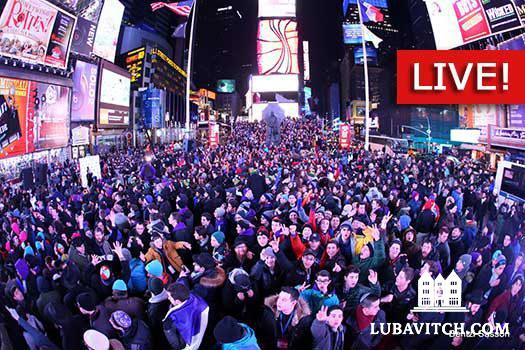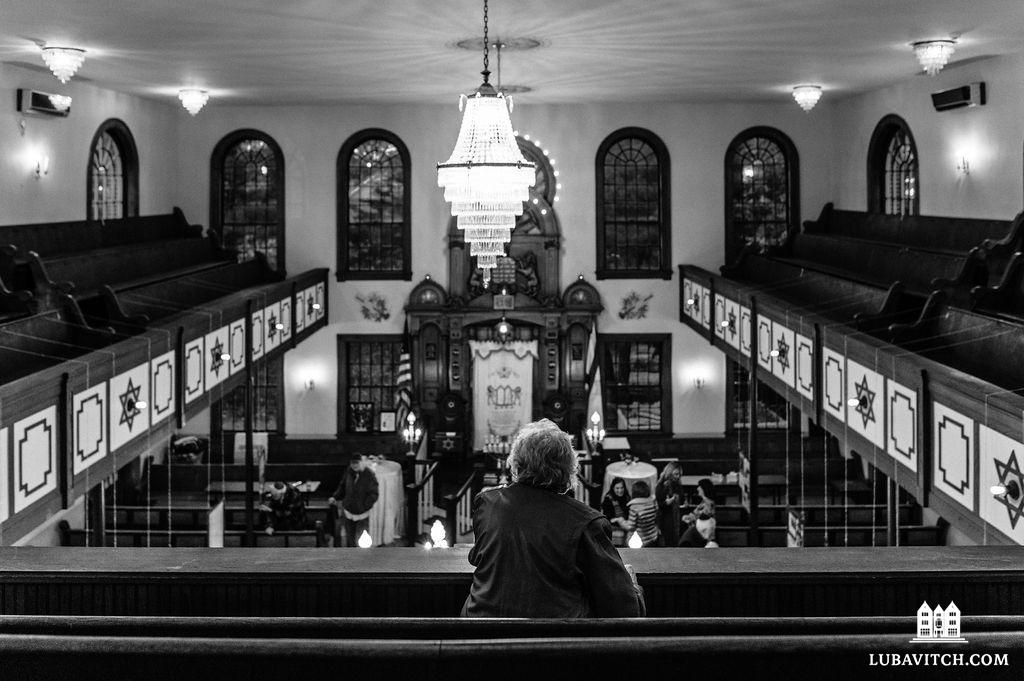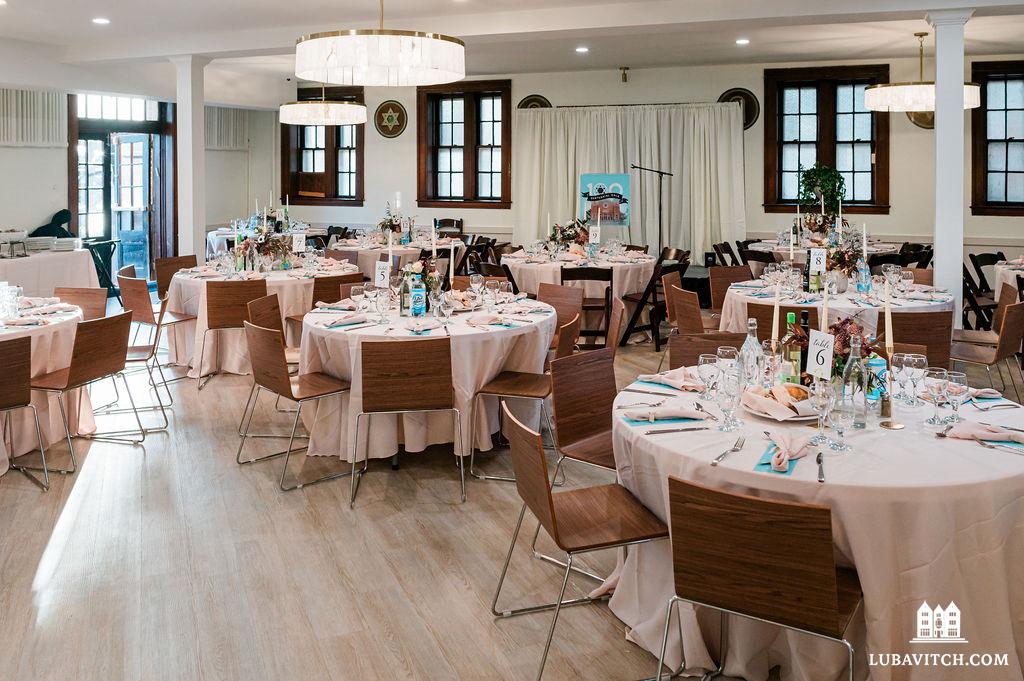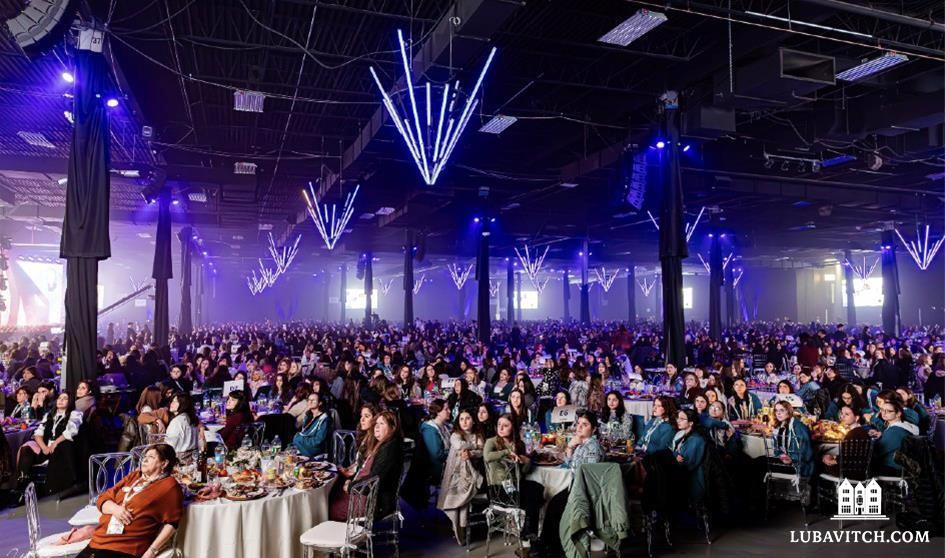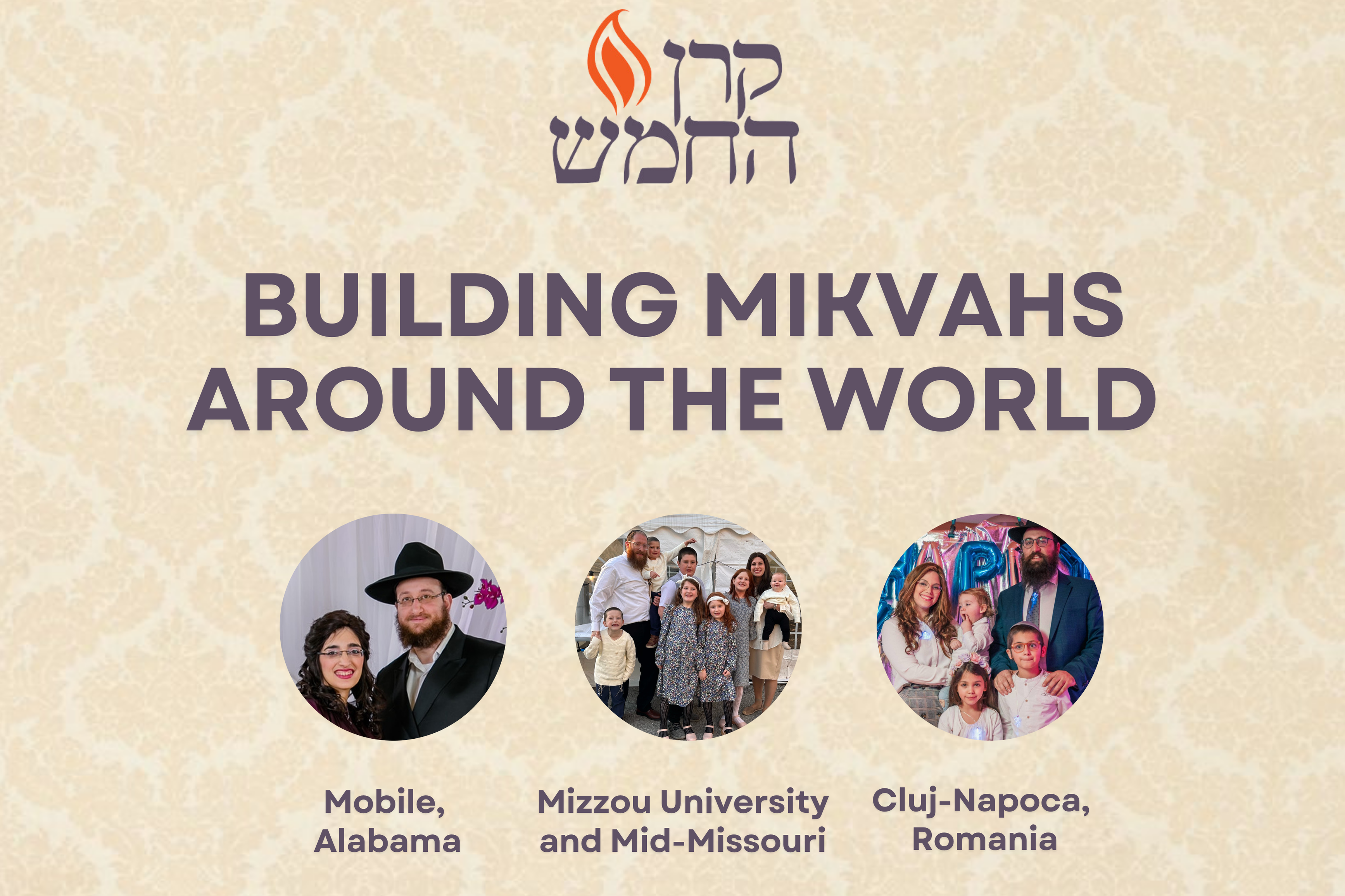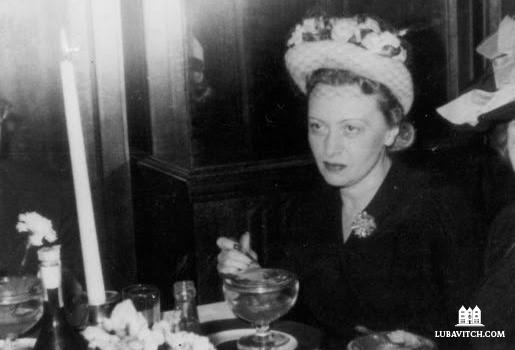Chabad Opens in Portugal’s Coastal Paradise
| By Leibel Kahan | 0 Comments
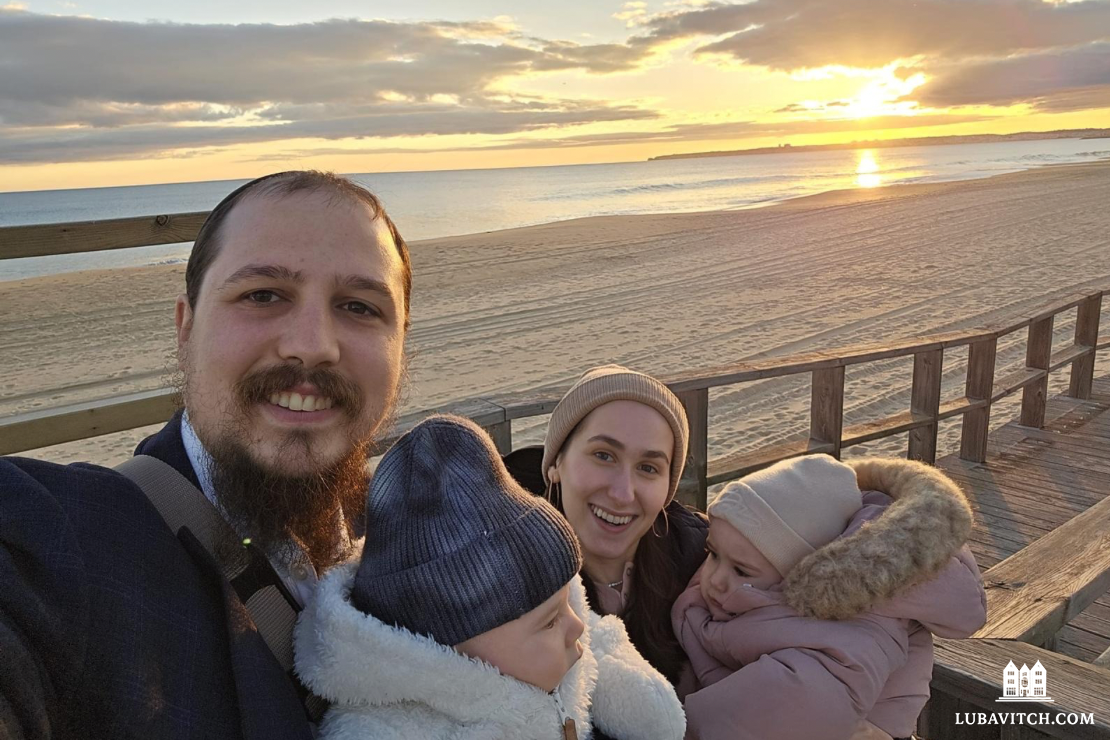
Pristine beaches, world-class golf courses, and a sun-drenched coastline — Portugal’s Algarve region is a place people come to escape. But for Rabbi Menachem and Chana Wagner and their family, it’s not just a vacation paradise; it’s home. While millions pass through each year, few realize that beyond the picturesque streets and Mediterranean climate, a new chapter of Jewish life is unfolding.
In mid-January, the Wagners moved to the Algarve to establish Chabad of South Portugal, under the leadership of Rabbi Eli Rosenfeld of Chabad of Portugal and with the help of a generous financial grant from the Rohr Foundation.
The Algarve has Jews of all types scattered around its coastal towns and cities. There’s a mix of locals, retirees, and young families, and a significant Israeli presence, partly due to Portugal’s Sephardic citizenship program. But beyond the local community, the Wagners serve the many Jewish travelers that visit the region — some of the 5.2 million tourists the Algarve sees each year.
Since their arrival, the Wagners have focused on connecting with Jews across the Algarve — by bonding over coffee and home-baked pastries, and hosting community events like Friday night meals and holiday celebrations. On Purim, over 75 people attended the parties and Megillah readings they hosted. “With Passover coming up, dozens of people reached out, asking us about a Seder,” says Rabbi Wagner. “We will be hosting a public Seder — and we’re expecting a large crowd.”
Sophie Bibi Roubi, who has lived with her husband and children in Alcantarilha, Portugal for over 9 years, recognizes the tremendous effect that the Wagners have had. “Before Chabad arrived in the Algarve, we would have to drive nearly three hours to go to the closest Chabad center. Now, for the first time, we have that connection right here at home. It’s a huge sacrifice — the Wagners chose to come here, far from their families back home, to help build ours.”
Maital Katar, who has lived in the Algarve with her husband Ron and three children for 5 years, feels Chabad’s presence is exactly what was needed. “The Algarve is a beautiful place to live, but without Chabad, something was always missing. Meeting the Wagners sparked excitement in my heart — a young couple coming here to build their future and uplift the community — it just felt right.” She sees the effect they are having in real time. “In just a few months, they pulled off a beautiful Tu B’Shvat event and a Purim celebration — they really think out of the box and make things happen.”
Down the line, the Wagners plan to open a permanent, central Chabad center in the Algarve, but for the time being, they are based in Alvor, a town near the city of Portimão — the largest city in the Western Algarve. Their programs and impact, however, are felt and experienced all throughout South Portugal. “Wherever we establish a permanent Chabad house,” says Rabbi Wagner, “it will be a home for Jews from all over the Algarve.”
“For us, Chabad was always part of life,” says Maital Katar. “I grew up in New York, receiving dollars from the Rebbe on Sundays. With Chabad in the area, you know you’re taken care of and have a real family to rely on. When you walk into a Chabad house, you feel like you’ve arrived home.”
